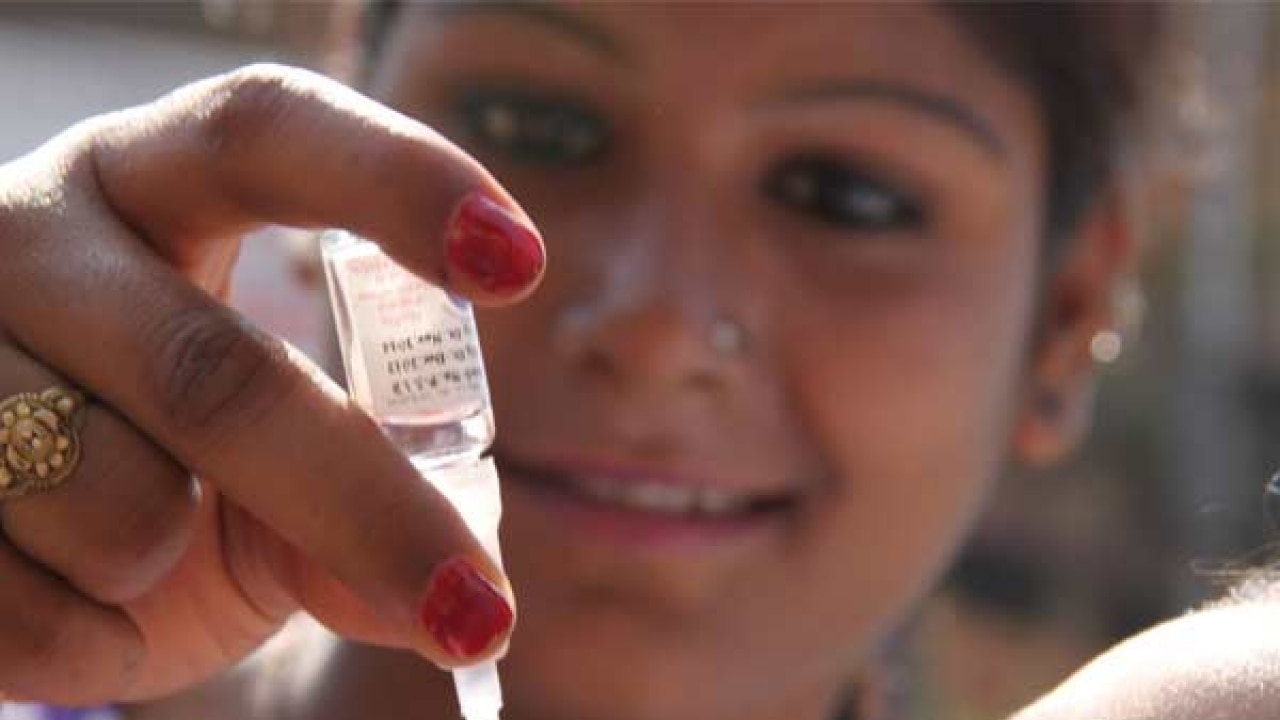
India is firmly vested in the belief that robust economic growth is the key to development. To this end, we have the new economic vision – Make in India, Digital India, Skill India, Smart Cities, Jan Dhan Yojana (banking the unbanked), cooperative federalism and efforts to increase the ease of doing business. Interestingly, a common thread runs through all of these policies set to put India on it's chartered path – its reliance on a productive demography.
India’s new vision rests on the hope that its demographic profile translates into a demographic ‘dividend’. This assumes that the young will grow healthy, get an education, gather skills, and remain in good health and high productivity through their middle years to retirement. It is this equation that is sine qua non to India’s development optimism.
But therein also lies the challenge.
Each year over 12 lakh children in India still don’t make it to their fifth birthdays. Diseases such as pneumonia and diarrhoea, the leading killers of children under the age of five, claim nearly 800 lives every day. What’s more, being exposed to these diseases increases children’s risk of malnutrition making survival even more difficult, let alone allowing them to flourish into able-bodied productive citizens.
Presuming the children do survive these initial horrors, the effects of such early afflictions cause substantial long-term consequences. The early and repeated onslaught of these diseases negatively impacts even the cognitive development in children, thereby rendering them unable to grow into a healthy, productive adults, and keeping them trapped in the vicious cycle of poverty.
Research has long established that tools such as vaccines are a vital component of early childhood interventions that, in addition to preventing the onset of infections among children, can help improve education, health and economic outcomes. However, several Indian children, often those most vulnerable to these diseases, are unable to access these vaccines because they are not on the national programme and only available on the private market at prohibitive prices. In fact, many children in hard to reach areas and from poor communities do not receive even the vaccines that are available through the programme.
Related read: Vaccination will never die, says infectious disease specialist Neha Paranjape
As a paediatrician, I am moved to believe that access to vaccines can be that life-affirming sentence of social justice, permitting each child an equal shot at life. Moreover, by preventing disease, vaccines reduce healthcare costs and avert lost productivity. One study estimated that by introducing and scaling up coverage of just three vaccines—Hib, PCV, and rotavirus—India could realise Rs. 3621.4 crore each year in economic benefits and avert a large number of needless child deaths.
The government certainly recognises the positive and disproportionate impact vaccines can have on its public health system and has been doing its utmost to ensure that crucial life-saving vaccines become available and accessible. In July 2014, the government announced its plans to expand the national immunisation programme to introduce four new vaccines including one against rotavirus diarrhoea. This year, the government also endeavoured to strengthen the reach of its immunisation programme so that all children are fully immunised. The Mission Indradhanush campaign is targeting 201 districts with the largest numbers of unvaccinated and partially vaccinated children across the country. Gauging from the achievements of the first phase, this campaign needs to be looked at as a substantial gain for India’s public health system.
Good immunisation coverage rate is a critical indicator of a robust healthcare infrastructure and also helps indicate results for equity, human rights and child survival. Global experience suggests immunisation coverage is almost proxy for the health of communities and countries. In fact, for the health-related Goal 3 of the recently ratified Sustainable Development Goals, there is growing consensus in the health community that an immunisation indicator will deftly help monitor progress on several health targets.
And as we know, well begun is half done.
Given the enormity of India’s development task and its proclaimed reliance on its demography, it is in India’s best interests to ensure that a comprehensive preventive approach, which includes new vaccines against both, pneumonia and diarrhoea—the largest killers of India’s children under the age of five—is judiciously adopted. This approach must include complementary interventions such as breastfeeding, nutrition, safe drinking water, handwashing, hygiene, reducing indoor air pollution and zinc supplementation. The ‘Swachh Bharat Abhiyaan’ is that important initiative complementing this work.
Having its hopes pinned on a demographic dividend is no stretch of India’s collective imagination. More than half of India's population is under the age of 25 years and 65% of the population is below the age of 35. Globally, every fifth person below 25 years of age is an Indian. At the current rate, India will retain the bulk of its young and middle-aged population for the next two decades. This is the cohort that will usher India to great heights.
There is no replacement for a healthy start to life and India’s children need to remain protected against all diseases preventable by vaccines, especially for the country to sustain the trajectory of growth till 2040. Its demographic profile will in fact only translate into a ‘dividend’ if this young workforce is appropriately empowered, and good health is a critical component of this package of empowerment.
The country has to assume leadership to ensure that it continues to prioritise all steps necessary to prevent disease and death in our young ones and that essentially includes both existing and new vaccines. We will need to dedicate adequate financial and technical resources to do this. For the rest, we must continue to support our leaders as they work out this equation.
Prof. Narendra K Arora is the Executive Director of the International Clinical Epidemiology Network (INCLEN) Trust. He has been involved as Principal Investigator or Co-Investigator in almost 50 major research projects funded by national and international agencies.